Unlock your darting potential with vision training for darts. Improving your visual acuity and focus can dramatically enhance your accuracy and consistency on the board. This article will explore various techniques and strategies to optimize your vision for darts, covering everything from eye exercises to mental preparation.
⚠️ Still Using Pen & Paper (or a Chalkboard)?! ⚠️
Step into the future! The Dart Counter App handles all the scoring, suggests checkouts, and tracks your stats automatically. It's easier than you think!
Try the Smart Dart Counter App FREE!Ready for an upgrade? Click above!
Before delving into specific exercises, it’s crucial to understand the importance of proper setup. Ensuring your dartboard is positioned correctly at the right distance is fundamental for optimal performance. A poorly positioned dartboard can negatively impact your accuracy and create unnecessary strain on your eyes and body. Regularly review your setup and adjust as needed for consistent performance. This ties into the broader importance of Darts Fitness Health and overall well-being for a successful dart career.
Vision Training for Darts: Sharpen Your Focus
Vision training for darts isn’t just about improving eyesight; it’s about enhancing your visual processing speed, peripheral vision, and hand-eye coordination. These aspects work together to improve your ability to track the dart, assess angles, and adjust your throw in real-time. Regular practice incorporating these elements is key to seeing significant improvements.
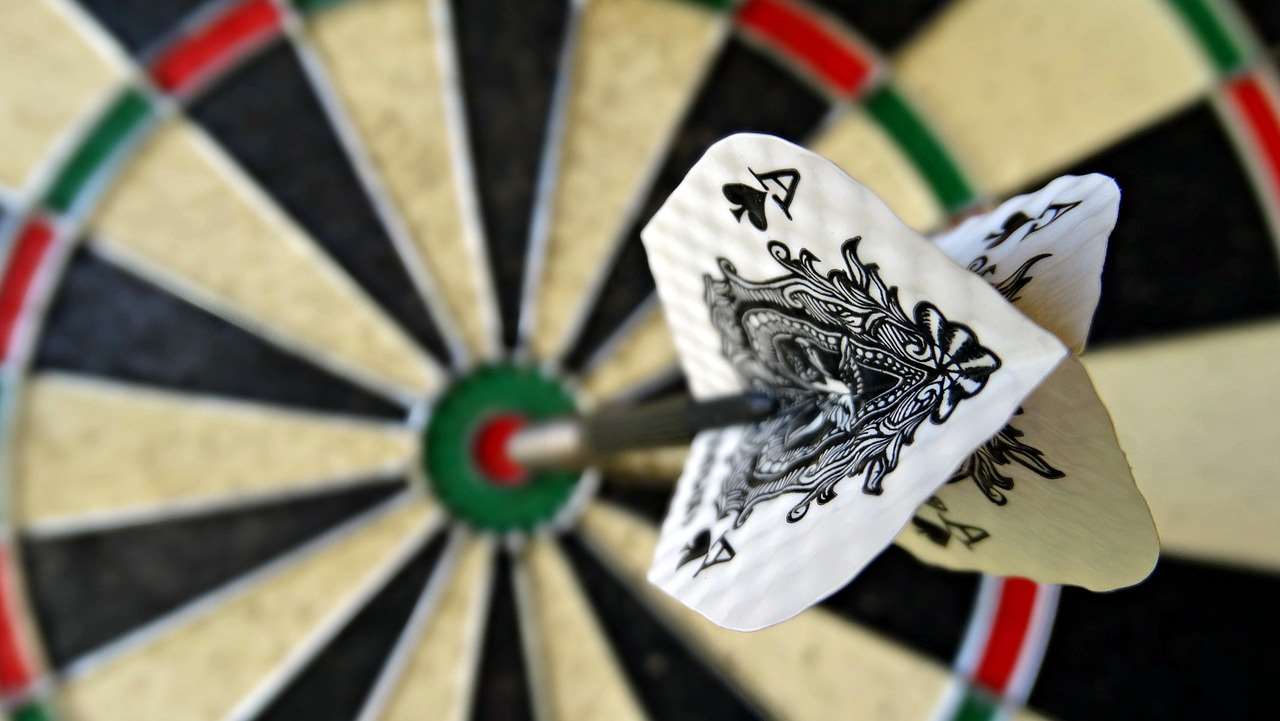
One common mistake many dart players make is neglecting their peripheral vision. Developing strong peripheral vision allows you to quickly assess the board layout and identify open areas, increasing your strategic advantage. Exercises like tracking a moving object with your eyes while maintaining focus on a central point can significantly improve this ability. Regular practice is vital.
Eye Exercises for Improved Dart Performance
Several simple exercises can be integrated into your daily routine to improve various aspects of your vision relevant to darts. These exercises can boost your overall focus and accuracy. Here are a few examples:
- Focus Shifting: Alternate your focus between a near object (like your hand) and a far object (like a distant wall). This exercise strengthens the eye muscles and improves focus adaptability.
- Peripheral Vision Enhancement: Hold your hand up in front of you and slowly move it from side to side while maintaining focus on a point ahead. Gradually increase the speed to challenge your peripheral vision.
- Eye Tracking: Follow a moving object (like a pen) with your eyes, keeping your head still. This exercises your eye muscles and improves your tracking ability.
Remember to consult an ophthalmologist or optometrist before starting any new vision training program, especially if you have pre-existing eye conditions. They can provide personalized advice and ensure you’re performing the exercises safely and effectively.
Understanding Your Visual Needs in Darts
Before jumping into specific vision training for darts exercises, let’s assess your current visual capabilities. Identifying your strengths and weaknesses will allow you to focus your training efforts on areas needing the most improvement. This targeted approach will ensure you maximize your time and effort.
Consider factors like: your ability to accurately judge distances, your peripheral vision awareness, and your hand-eye coordination. Do you struggle to consistently hit your target? Are you missing shots due to misjudging angles or distances? Understanding these limitations will help you create a personalized training plan.
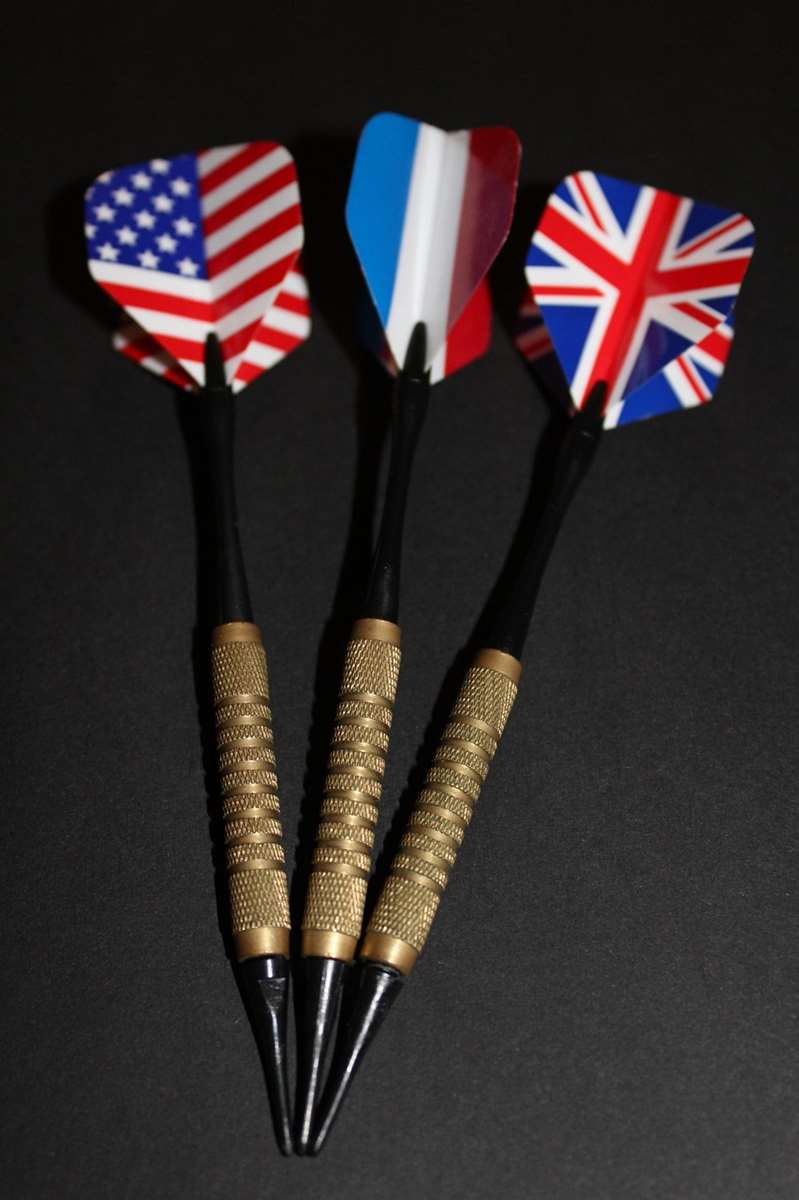
Assessing Your Visual Strengths and Weaknesses
A thorough self-assessment is crucial before embarking on any vision training for darts regimen. You can achieve this through self-reflection or even with the help of a coach who can observe your throwing technique and identify potential visual issues. You can use these insights to build a tailored practice plan for maximal results. For example, you can measure your throwing consistency, and use dartboard technology to analyze your scoring patterns. Analyze your misses to pinpoint weaknesses, focusing on the visual skills used in each throw. This information will allow you to focus your training efforts on the areas where you need it most.
Practical Vision Training Techniques
Now, let’s dive into practical techniques to improve your vision specifically for darts. These methods combine exercises with strategic practice sessions to maximize your gains. Remember consistency is key. Regular, focused practice is far more effective than sporadic intense sessions.
One effective technique is to practice throwing darts at different distances. This helps you adjust to varying distances and angles, improving your overall visual accuracy. You can also practice throwing at different parts of the dartboard, forcing you to focus on specific areas and adjust your aim accordingly. This type of targeted practice improves your visual precision and reduces your reliance on relying on intuition. For additional improvement, focus on your breathing technique using our guide on Breathing for long matches.
Combining Vision Training with Physical Practice
Vision training for darts isn’t just about eye exercises; it’s about integrating these exercises into your overall practice routine. Start with a short warm-up of eye exercises before each practice session. Then incorporate exercises that challenge your visual skills directly into your dart-throwing practice, such as focusing on specific segments of the board or varying the throwing distance. Regularly incorporating these exercises into your routine will significantly enhance your performance over time. This holistic approach makes vision training for darts a highly effective strategy.
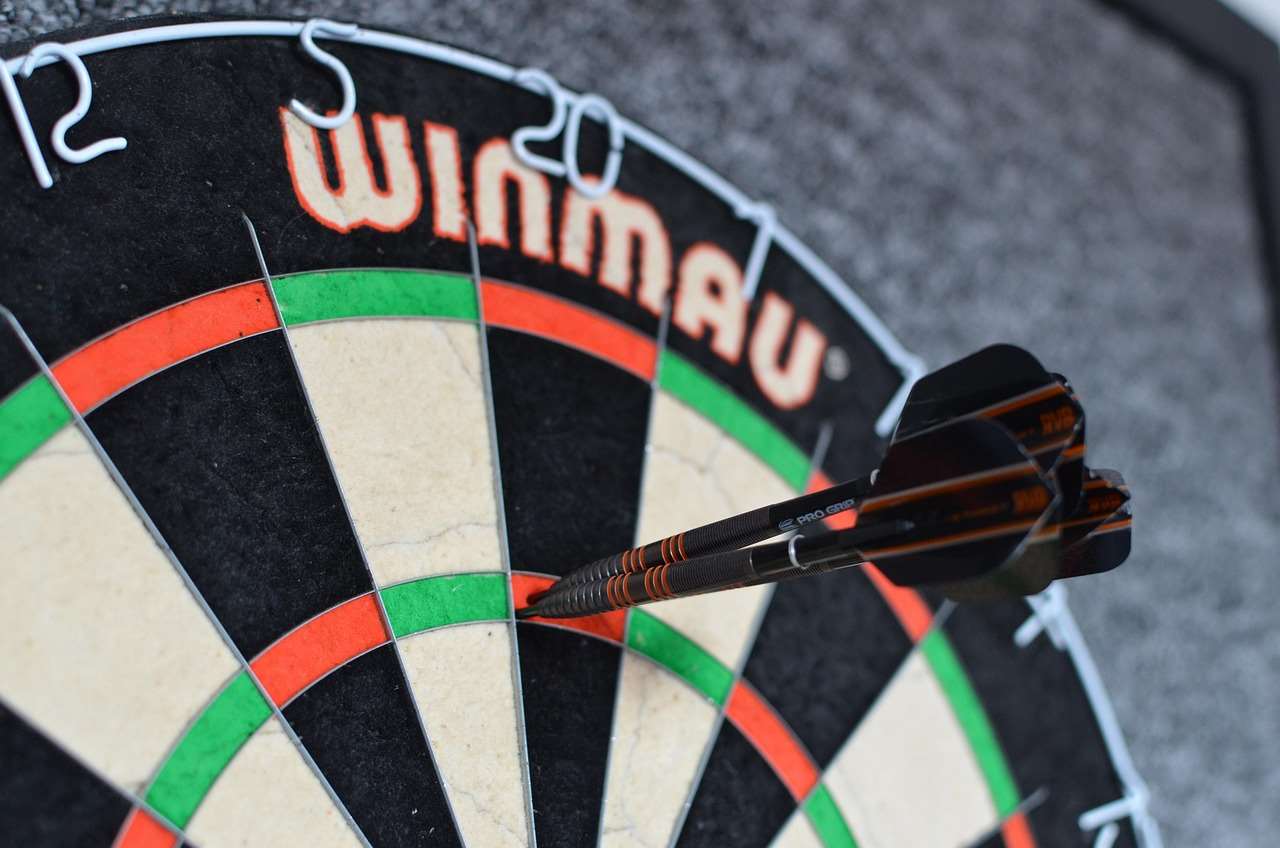
Beyond the Eyes: The Importance of Mental Game and Physical Fitness
While vision training for darts plays a vital role, it’s only one piece of the puzzle. Your mental game and physical fitness significantly impact your overall performance. Maintaining a strong mental game is as important as perfecting your visual acuity. Managing pressure, staying focused, and maintaining composure under stress are all crucial elements that can be significantly improved through mental training techniques.
Furthermore, maintaining physical fitness also plays a pivotal role. Regular exercise for darts helps improve your hand-eye coordination, reduces fatigue, and enhances overall performance. Physical exercises help to enhance your focus and concentration, helping you manage pressure and stress, and maintain consistency throughout your throws. Moreover, having a strong physical foundation helps prevent injuries that can result in a significant setback to your dart career. This integrated approach ensures optimal performance.
Consider incorporating mindfulness techniques and mental imagery exercises into your training regimen. These practices can significantly enhance your focus and ability to manage pressure during competitions. Read our article on Ergonomics and mental game for more tips on optimizing your approach.
Nutrition and Recovery: Fueling Your Vision and Performance
Proper nutrition and sufficient rest contribute significantly to visual acuity and overall dart performance. A balanced diet rich in fruits, vegetables, and antioxidants helps maintain eye health and reduces the risk of age-related macular degeneration. Similarly, getting enough sleep allows your body to repair and recover, improving both your physical and mental readiness for practice and competition.
Staying adequately hydrated is also crucial for optimal performance. Dehydration can lead to fatigue and reduced focus, negatively affecting your accuracy and consistency. Ensure you’re drinking enough water throughout the day, especially during practice and competition.
Avoid excessive alcohol consumption, which can significantly impair vision, coordination, and judgment. This will impact your performance. For more on this, see our article on Alcohol and sportsmanship darts.
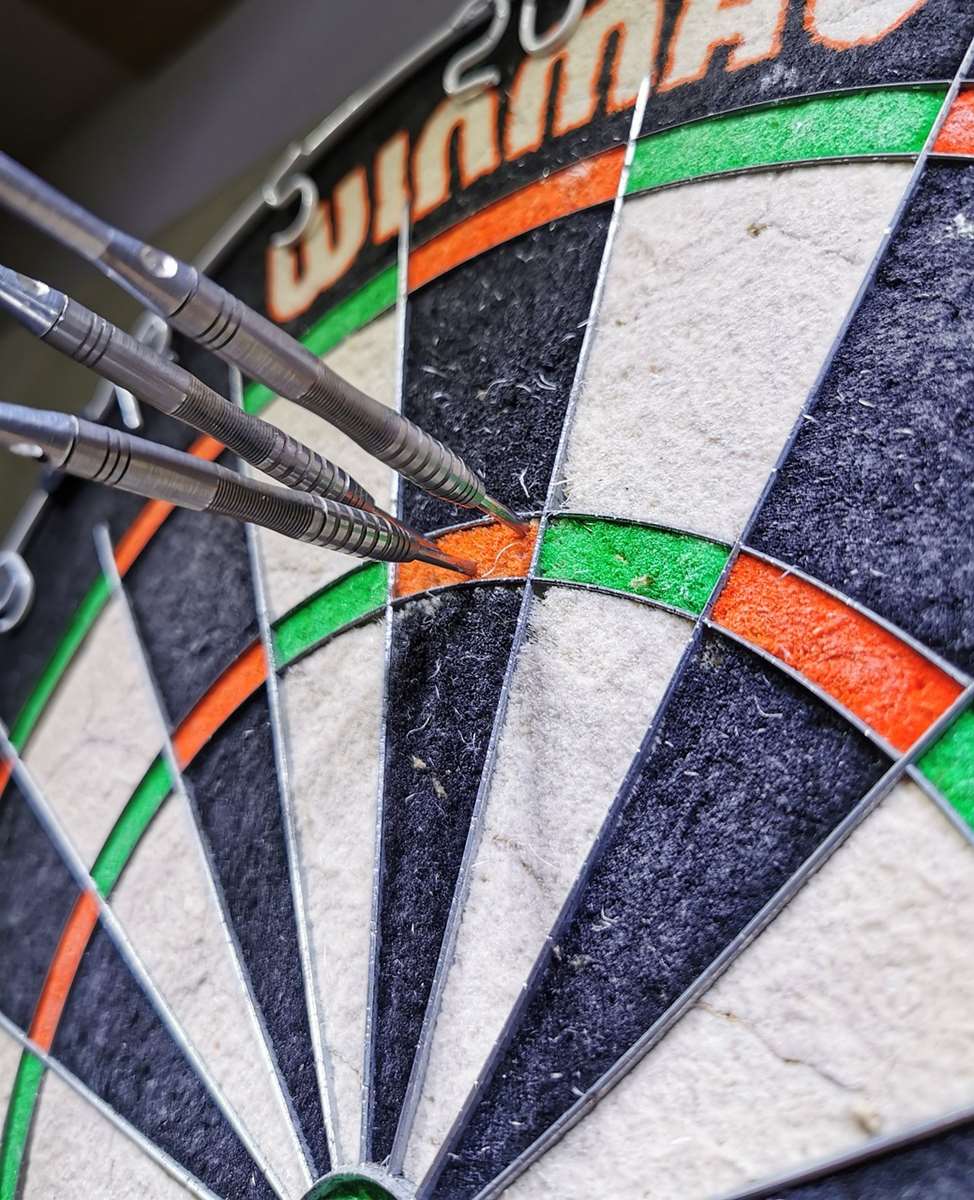
Common Mistakes to Avoid in Vision Training
While vision training for darts offers significant benefits, it’s essential to avoid common mistakes that can hinder your progress. One frequent mistake is neglecting the importance of consistency. Regular, focused practice, even in short bursts, is more effective than sporadic, intense sessions. Another mistake is failing to tailor your training to your specific needs. A personalized approach, identifying and addressing your individual visual weaknesses, is crucial for maximizing results.
Finally, remember that vision training for darts is not a quick fix. It requires patience and dedication. Consistent effort and a tailored approach are crucial for achieving meaningful improvements in your darting skills. By taking a comprehensive, personalized approach that incorporates various techniques and considerations, you can optimize your vision and elevate your overall game.
Advanced Vision Training Techniques
For those seeking to take their vision training for darts to the next level, consider incorporating more advanced techniques. These methods often involve specialized equipment or professional guidance. For example, you might utilize dynamic visual acuity training programs, which often use computer-based simulations to challenge your visual tracking and processing speeds under various conditions. This advanced training can be crucial in improving your reaction times and adaptability on the dartboard.
Another advanced technique involves working with a vision therapist or optometrist specializing in sports vision. These professionals can provide a comprehensive assessment of your visual skills and develop a personalized training program to address your specific needs. They can also provide valuable feedback on your technique and help you identify areas for improvement. This approach allows for personalized attention and fine-tuning for optimal results.
Remember to prioritize safety and proper technique throughout your training journey. Improperly performed exercises can result in eye strain or even injuries. Always consult with a healthcare professional before starting any new vision training program, especially if you have pre-existing eye conditions. This proactive approach safeguards your well-being and ensures the effective implementation of these advanced techniques.
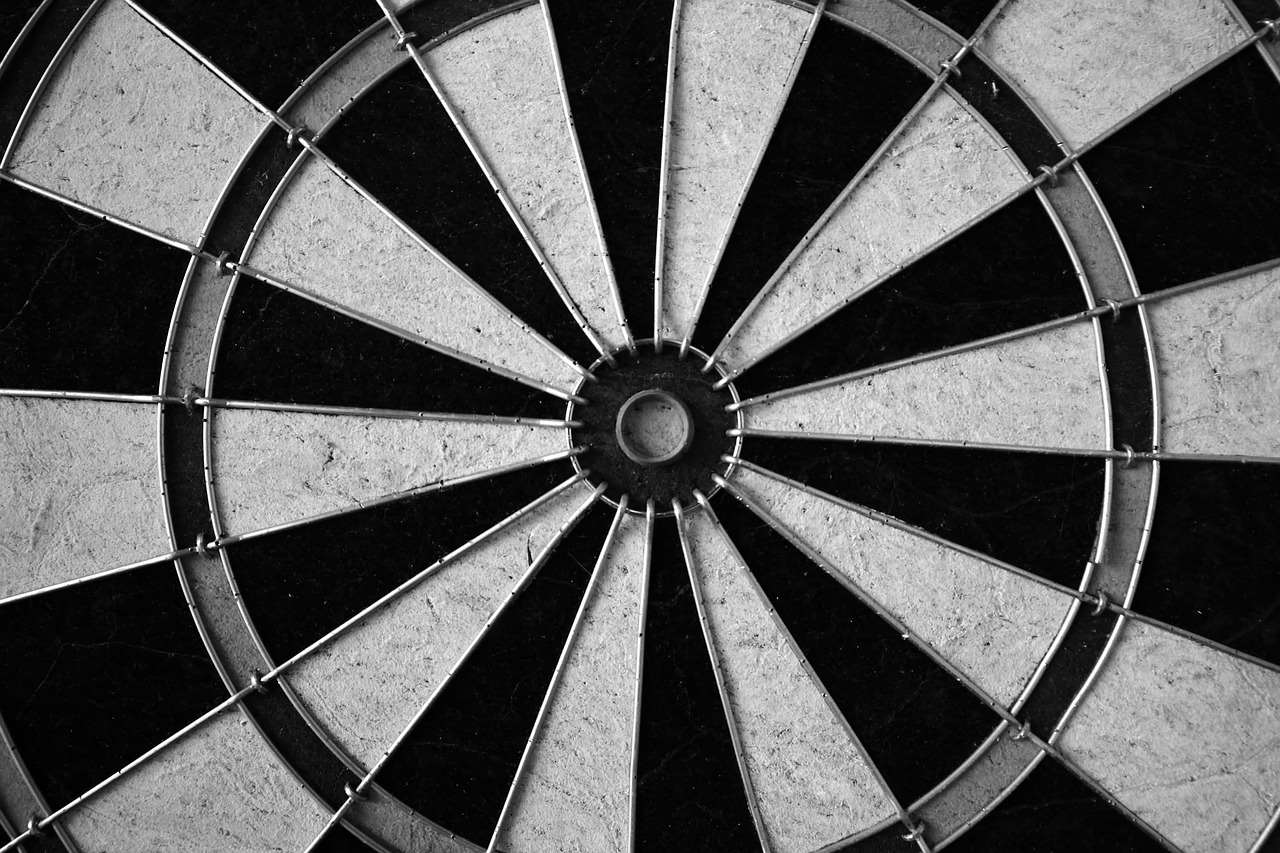
Conclusion: Elevate Your Game with Vision Training
Incorporating vision training for darts into your practice routine offers a significant competitive edge. By focusing on improving visual acuity, hand-eye coordination, and peripheral vision, you can enhance your accuracy, consistency, and overall performance. Remember, a holistic approach that combines visual training with proper physical fitness, mental preparation, and nutrition will yield the best results. Consistency is key; regular, focused practice is more effective than sporadic intense sessions. Consider consulting an eye care professional for personalized advice and ensure you’re using safe and effective training techniques. Start enhancing your game today, and experience the transformative power of vision training for darts. For more comprehensive guidance on leading a healthy lifestyle to improve your game, check out our article on Best healthy lifestyle for darts. Learn how to prevent injuries and improve your performance by reading our guide on Dart injury prevention data, and our article on Treating dart related injuries if needed. Remember to also check out Healthy lifestyle for dart player success and Exercise and dart performance for more detailed advice!
Hi, I’m Dieter, and I created Dartcounter (Dartcounterapp.com). My motivation wasn’t being a darts expert – quite the opposite! When I first started playing, I loved the game but found keeping accurate scores and tracking stats difficult and distracting.
I figured I couldn’t be the only one struggling with this. So, I decided to build a solution: an easy-to-use application that everyone, no matter their experience level, could use to manage scoring effortlessly.
My goal for Dartcounter was simple: let the app handle the numbers – the scoring, the averages, the stats, even checkout suggestions – so players could focus purely on their throw and enjoying the game. It began as a way to solve my own beginner’s problem, and I’m thrilled it has grown into a helpful tool for the wider darts community.